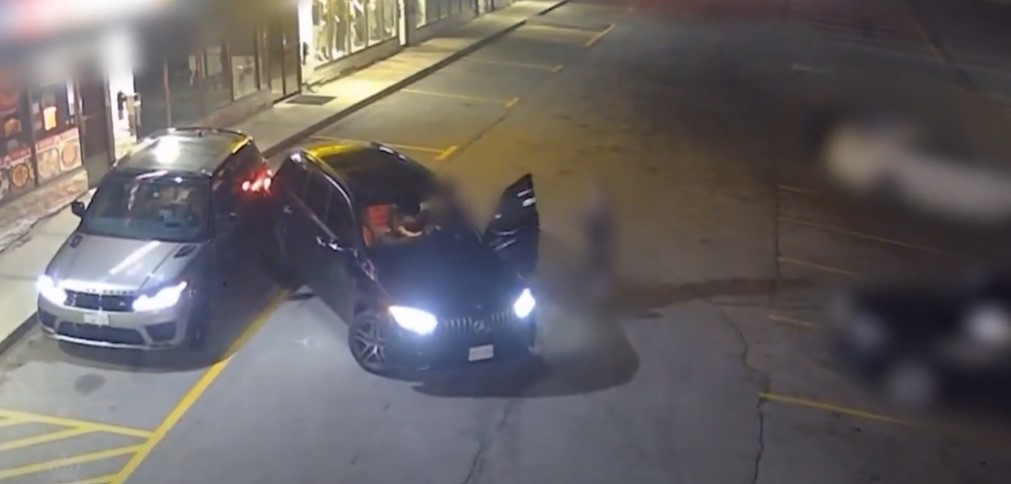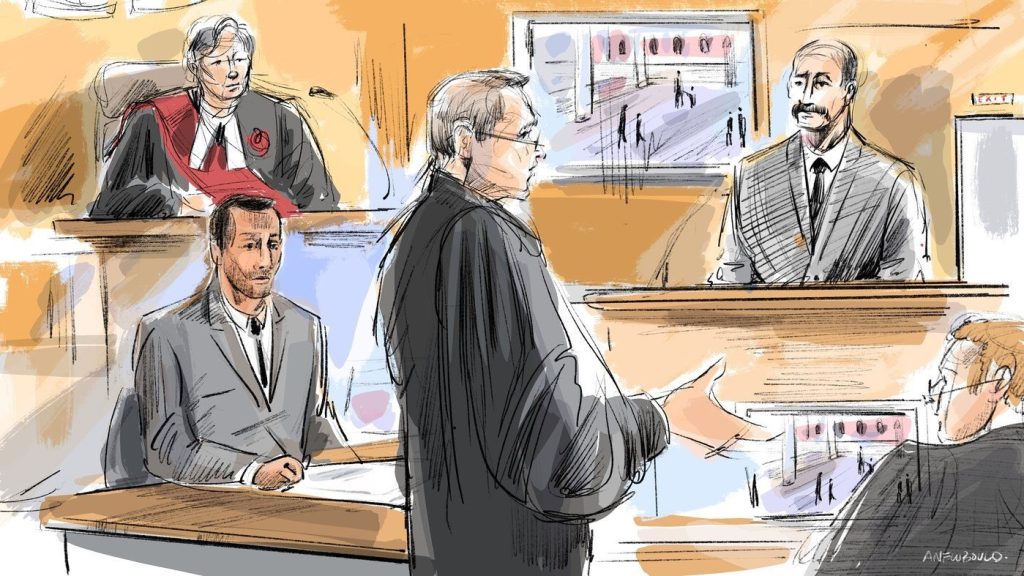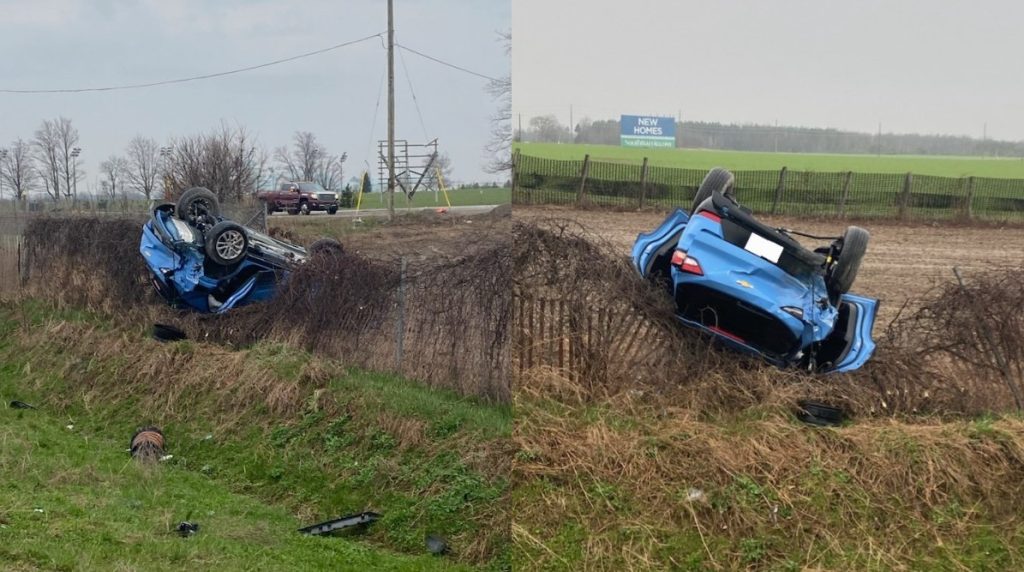‘I, Tonya’ reclaims Harding’s narrative in provocative film
Posted December 8, 2017 12:34 pm.
Last Updated December 8, 2017 1:00 pm.
This article is more than 5 years old.
LOS ANGELES, Calif. – Screenwriter Steven Rogers was watching a documentary about the disgraced figure skater Tonya Harding not too long ago and thinking about big ideas of class and abuse and the media and truth that were all tied up in her story.
The media at the time, he said, took that bizarre incident which entangled Harding in a conspiracy around the 1994 assault of fellow skater Nancy Kerrigan, and pitted the two against each other. Kerrigan was the princess. Harding was the trash. Even he remembers thinking that Harding had done it for attention.
So he decided to see if her life rights were even available, and called the number for her agent listed on her website. It went to a Motel 6.
“I thought: I am so in,” Rogers said.
And with little more than that seed of an idea, Rogers tracked down both Harding and her ex-husband Jeff Gillooly and used their wildly contradictory accounts of that moment of infamy, and their lives leading up to it, to develop the screenplay that would become “I, Tonya,” a bold reevaluation of one of the soapiest tabloid scandals of the last century and the most audacious film of the season. It’s playing now in limited release and expanding in the coming weeks.
Australian actress Margot Robbie came aboard not only to star as Harding, from ages 15-44, but produce as well.
“This movie would not have survived the studio system,” Robbie said.
There is domestic violence, from both Harding’s mother and ex-husband, tonal shifts, conflicting narratives and no real resolution or answers.
Robbie asked many potential directors how they would handle the violence. Craig Gillespie, the man who got the job, said it had to be brutal.
“It didn’t sit right with me, the idea of covering it up and making it seem not that bad. I felt that would be a great disservice to anyone who’s suffered that before. Also to leave it out completely felt wrong,” Robbie said. “But Craig always finds the truth in the situation.”
They decided on an unconventional approach of breaking the fourth wall having Harding speak directly to the camera as she’s being beaten as a way to illustrate her emotional disconnect. It’s something that some audiences have bristled at and others applaud. Some critics have even compared the resulting tone to Martin Scorsese’s “Goodfellas.”
Like Harding, “I, Tonya” is defiantly itself.
Robbie trained and studied for six months to get Harding down, both in her athletic figure skating style and also her dialect and physicality. The resulting sequences on the ice are a complex but seamless combination of Robbie and two skating doubles. She met her subject later.
“That wasn’t research. I didn’t meet her because there were pieces of the puzzle missing. I had already decided how I was going to play this character. I knew every single beat and how I would play it,” Robbie said. “Meeting her for me was helpful as a person, not as an actor. I just wanted to know if she was OK.”
One person who is largely absent from the story is Kerrigan. It wasn’t an oversight.
“I hate when scripts, film, TV, the news pit women against each other. If this script was called ‘Tonya v Nancy’ I don’t think I would be part of it,” Robbie said. “Since this was about Tonya Harding, the most important people and relationships in her life were with her mother and with Jeff. Those are the relationships that really shape her as a person.”
Allison Janney had the complicated task of bringing her mother, LaVona, to life. She’s the person who put Harding on the ice, funded her training and sewed her costumes with the little money she had, but who also physically and verbally abused her daughter. Harding apparently told Rogers that she didn’t even know whether her mother was dead or alive and that she also didn’t care. (She is alive; “Inside Edition” recently interviewed her).
Thus all Janney had was documentary footage of LaVona, which she studied as best she could before disappearing behind the hair and makeup.
“It’s liberating to play a character like this and have such a transformation,” Janney said. “She’s this quirky, odd woman with so much anger and so much resentment. My heart broke a little for her watching these interviews because you can see underneath the denial of the hurt that’s there. It was a pretty harsh and hard and complicated mother-daughter relationship.”
The Gillooly part provided similar moral conundrums for actor Sebastian Stan.
“I was so intrigued by the story. I was slightly obsessed,” Stan said. “When you’re going to play someone you have to put all judgments aside. You have to remove your own perceptions about them and find something to hook on to. As complicated and as contradictory as both describe their relationship, there was a love there at one point, there was a connection. Margot and I talked about approaching it as a love story that is crazy and twisted and insane and that’s just their life.”
Harding apparently told Stan he was too handsome to play Gillooly, which just makes him laugh.
The film has become a sort of scrappy underdog of the awards season, and a timely look at a woman who had every odd stacked against her in life and still managed to become one of the world’s top figure skaters — even though she didn’t look, sound or act like her peers.
“I, Tonya” not only challenges audiences to think about her in a new light, but has also done the same for many involved, including Rogers, who had been pigeonholed as a romantic comedy screenwriter, and even Robbie, a studio darling whose beauty sometimes gets more attention than her talent.
Harding has seen it too. She told Rogers she’s mostly happy with it (except for some of the things from Gillooly’s version).
“It is going to be interesting to see if this movie changes anything for her,” Rogers said. “Film is a powerful medium.”
___
Follow AP Film Writer Lindsey Bahr on Twitter: www.twitter.com/ldbahr










